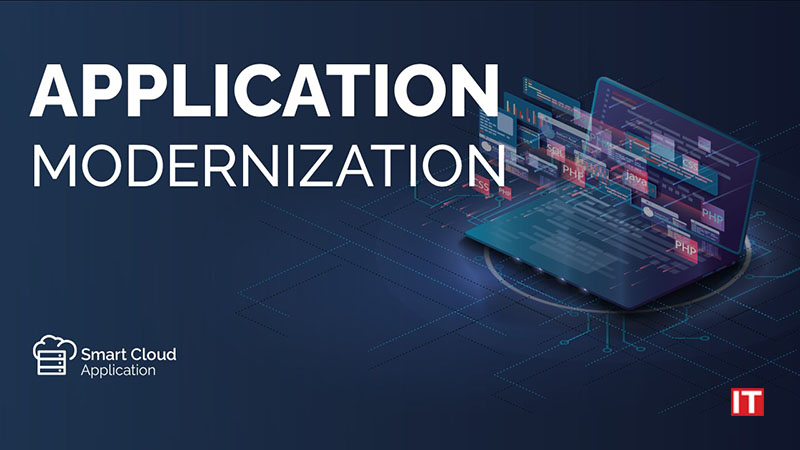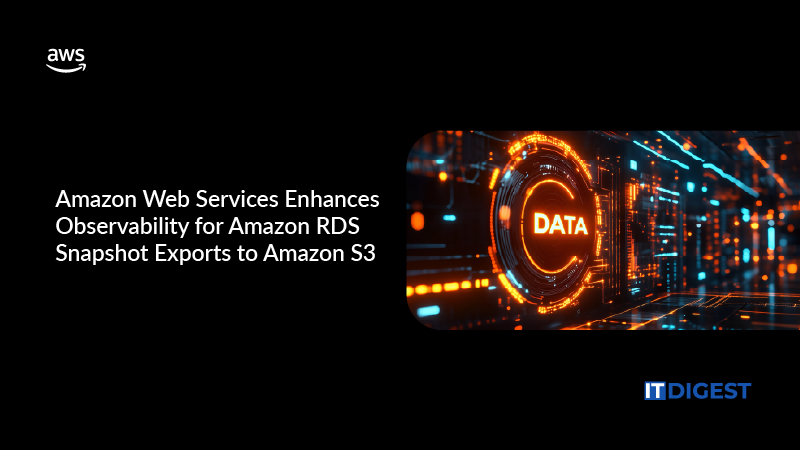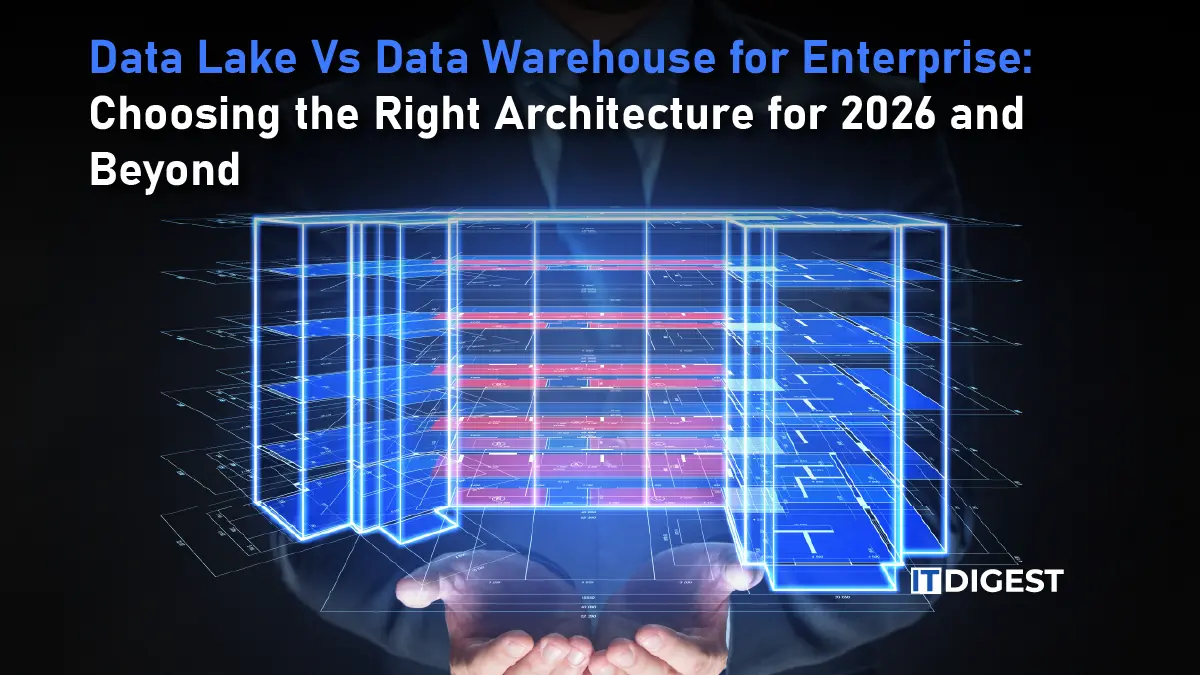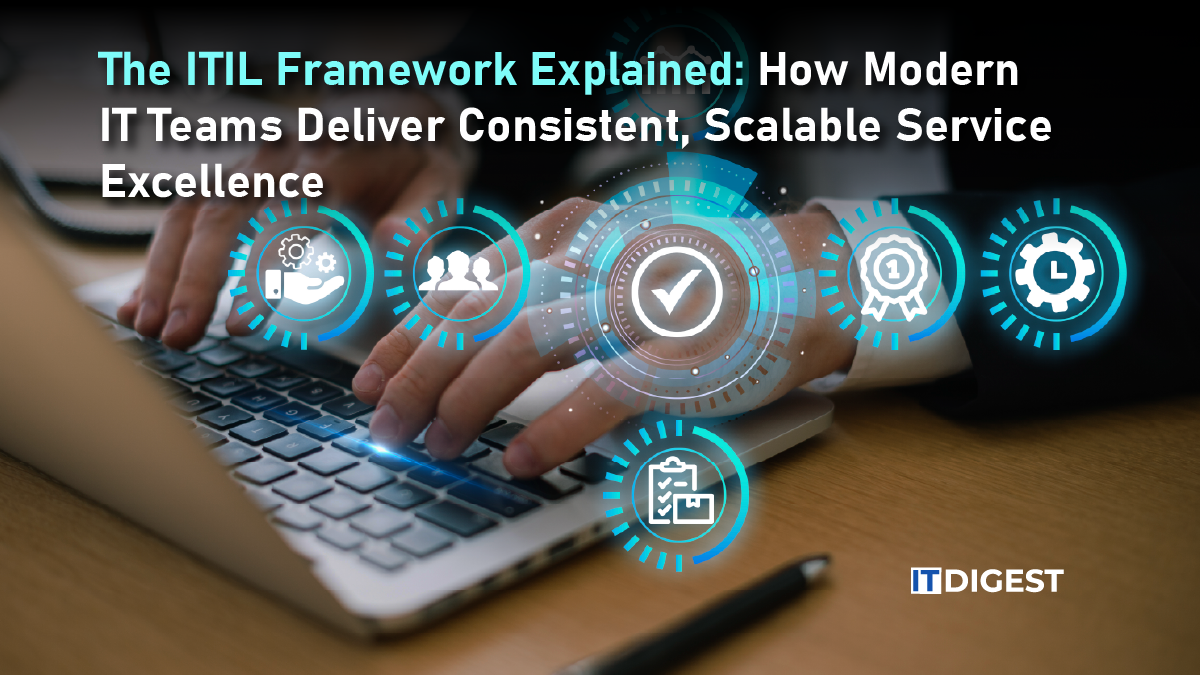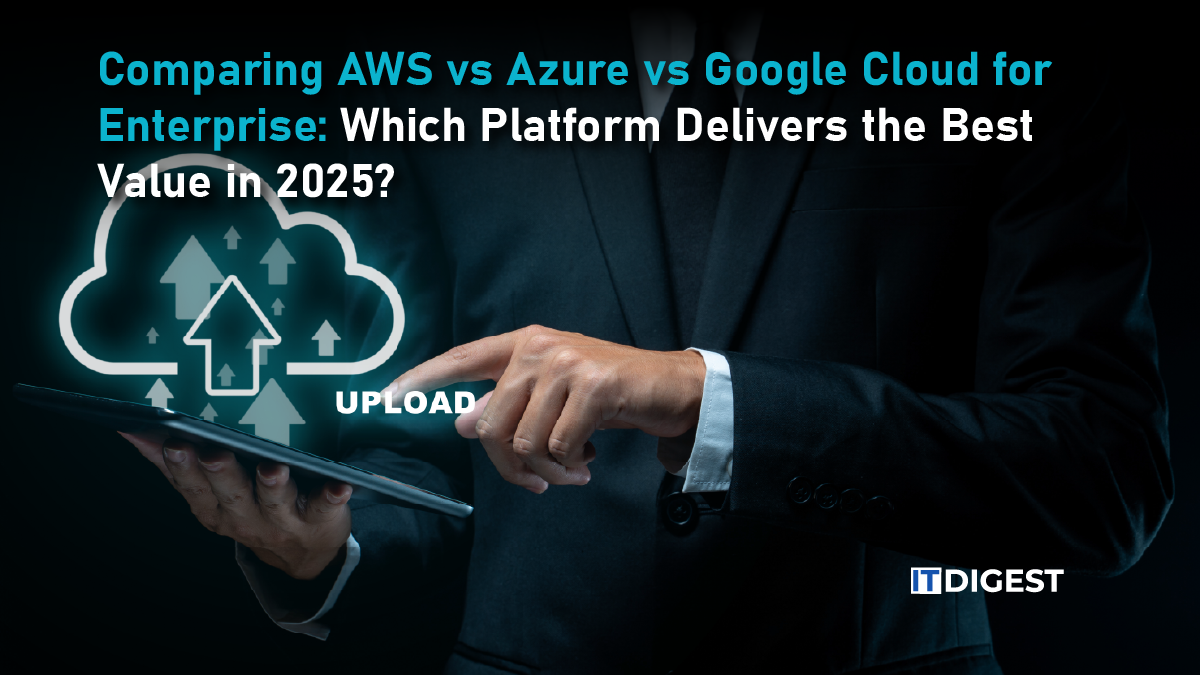In today’s bustling business arena, organizations face relentless pressure to pivot. Market fluctuations, shifting customer expectations, and tech innovations demand swift responses. This adaptability is no longer an option; it’s a competitive edge. Achieving business flexibility means responding quickly and efficiently to seize opportunities and overcome challenges. Integral to this agility is the effective management of data. Next-generation cloud data management solutions have progressed beyond mere storage, offering capabilities entitling businesses to utilize data as a well-calculated asset for growth, innovation, and operational excellence.
The Evolution of Cloud Data Management
Historically, cloud computing was introduced essentially as a means to offload data storage to third-party data centers, helping businesses cut down the costs correlated with preserving physical infrastructure. It promised scalability, easy access, and the ability to liberate capital for other business needs. At first, cloud services were mainly focused on providing storage, offering simple backup and data retrieval services.
However, the scope of cloud computing and data management has increased remarkably in recent years. With the growing dependence on cloud-based tools and platforms, data management goes beyond mere storage. The rise of next-generation cloud data management solutions has helped the cloud transition into a cohesive environment that supports not only storage but also analytics, security, governance, disaster recovery, and data-driven decision-making. These systems provide businesses with an integrated approach to managing their overall data lifecycle across various environments cloud, hybrid, and on-premises infrastructures.
The Key Drivers of Business Agility
Business agility is the skill to respond instantly and efficiently to changes in the market or corporate environments. It entails having the openness to innovation, adaptability, and scalability in operations without avoidable delays. Key drivers of business agility include:
- Speed and Efficiency: Organizations that can make decisions and take action immediately have an advantageous position. Speed is necessary, particularly in industries where timing and promptness are key to success.
- Innovation and Flexibility: Companies that can pivot, experiment, and come up with new ideas potentially lead in their industries. Flexibility encourages innovation by minimizing the friction linked to testing new viewpoints.
- Collaboration and Communication: Seamless collaboration across teams, irrespective of location, is crucial for responding to new opportunities. Cloud-based collaboration tools are essential to strengthen agility.
- Data-Driven Decision Making: In today’s data-driven world, agility is often conditional to an organization’s capability to extract value from its data. Real-time access to data insights is crucial for productive decision-making.
Also Read: Enterprise Computing: What You Need to Know
How Next-Gen Cloud Data Management Unlocks Business Agility
Next-generation cloud data management platforms provide a rich array of tools and features that permit businesses to respond to market changes rapidly and with greater effectiveness. These platforms offer various unique advantages:
1. Scalability and Flexibility
A notable advantage of cloud computing lies in its scalability. Traditional on-premises infrastructure demands initial investment in hardware and resources to accommodate future growth. On the contrary, cloud data management platforms are designed to scale up or down based on existing business needs. Whether a company experiences steady growth, seasonal surges in demand, or unpredictable disruptions, it can easily adjust its data storage and utilize resources in real-time.
The global cloud computing market is estimated to reach $1.69 trillion by 2030, rising at a compound annual growth rate (CAGR) of 16.4% from 2025. This growth emphasized the growing adoption of cloud services for scalability and flexibility.
2. Centralized Data Management
Many organizations today operate in complex conditions, with data spread across numerous on-premises systems, private clouds, and public clouds. This scattering leads to incompetence, increased complications, and replication. Next-gen cloud data management platforms face these challenges head-on by offering a centralized system to manage data coming from various sources. These include cloud environments, legacy systems, and real-time streams.
By centralizing data management, organizations reap benefits from an integrated view of their data, which enhances consistency, lessens redundancy, and stimulates decision-making. Centralized data transforms the chaos into clarity for business intelligence. It enhances collaboration across departments, bridging gaps with seamless communication. Additionally, swift access to data fuels daily analysis and operations.
As of 2025, 60% of enterprise data is stored in the cloud, indicating a shift toward centralized cloud environments where data is stored, accessed, and examined.
3. Enhanced Data Security and Compliance
In a digital landscape riddled with data leaks and cyber ambushes, security is crucial. Traditional on-premises systems are under siege from relentless physical attacks and breaches. Enter next-gen cloud data management platforms, armed with cutting-edge security features. With encryption, multi-factor authentication, and tireless monitoring, these platforms defend vital data against the ever-shifting tides of cyber threats.
Furthermore, businesses today must adhere to various regulations and data privacy laws, such as the General Data Protection Regulation (GDPR) in the EU, Health Insurance Portability and Accountability Act (HIPAA) in the U.S., and California Consumer Privacy Act (CCPA). Cloud data management platforms help organizations comply with these regulations by providing automatic compliance reporting, audit trails, and thorough data lineage tracking.
The global market for cloud security is estimated to reach $18.6 billion by 2025, reflecting the growing significance of securing data across cloud environments.
4. Real-Time Data Access and Analytics
In today’s whirlwind of commerce, real-time data fuels sharp business judgments. Traditional systems, with their batch processing, often lag behind in insights. But cutting-edge cloud data management platforms offer lightning-fast access, empowering businesses to act swiftly and smartly.
For example, Real-time analytics helps financial organizations track market sentiments and find new opportunities. Retailers use real-time sales data to adjust inventory and pricing. Cloud-based platforms with machine learning and AI predict trends, reduce risks, and unlock opportunities.
The high-performance data analytics market is estimated to reach $120.16 billion in 2025, growing at a CAGR of 23.63% from 2025 to 2030.
5. Cost Efficiency
For most businesses, the cost of cloud data management has emerged as a top preference. Traditional infrastructures require businesses to incur hefty expenses on hardware and software with corresponding maintenance charges. Cloud data management allows companies to adopt the consumption-based model by paying only for the usage. This shifts down the capital expenditure associated with the infrastructure, letting businesses keep track of operational costs.
Cloud services often provide built-in disaster recovery, automated backups, and replication, bringing down the need for expensive third-party services or manual assistance. According to a Forrester study, 67% of businesses reported that they saved notable costs by moving to the cloud, and 60% experienced escalated cost transparency, which allowed them to upgrade their cloud spend.
6. Seamless Integration with Other Cloud Services
Next-generation cloud data management platforms are engineered for flawless integration. They work hand in hand with cloud-based applications like customer relationship management (CRM) systems, enterprise resource planning (ERP) software, and marketing automation tools. This seamless connectivity boosts operational efficiency and simplifies data management.
For instance, a marketing team can examine customer behavior data from a CRM system to create targeted campaigns, while sales teams can insights from the same data to customize outreach. This reduces manual data transfer, eliminates data silos, and makes sure that all teams have access to up-to-date, precise information.
The global cloud integration market is expected to grow from $22.8 billion in 2020 to $70.6 billion by 2025, indicating the importance of cloud integration for strengthening business operations, collaboration, and decision-making.
The Future of Cloud Data Management
As cloud technologies move forward, even more innovation can be expected from cloud data management. Developments in AI, ML, edge computing, and automation are certain to redefine the very landscape of cloud data management into a commanding, agile one.
AI and ML will play a fundamental part in automating the data management task of classification, tagging, and anomaly detection. The performance of business processes will be expedited with edge computing, since data processing will be carried out closer to the source to reduce latency and provide insights quickly in real time. In 2025, 75% of enterprise-generated data will be processed at the edge. Thus, edge computing is vital to the cloud-based data management ecosystem.
Conclusion
The next-generation cloud data management solution goes way beyond storing data; they are powerful tools for becoming more agile, more affordable, and more secure with better utilization of data. This will be able to give versatility, real-time access to insights, security, and integration capabilities for all cloud services that are to be provided for unlocking businesses to be quicker to adapt to market changes and customer needs.
With data increasingly driving innovation and pre-planned decisions, the competitive edge in a dynamic marketplace can only be sustained through the adoption of advanced cloud data management solutions. The full potential of the cloud can really be unlocked to achieve the agility businesses need to sustain in the future.




